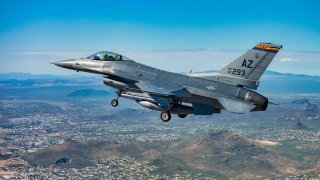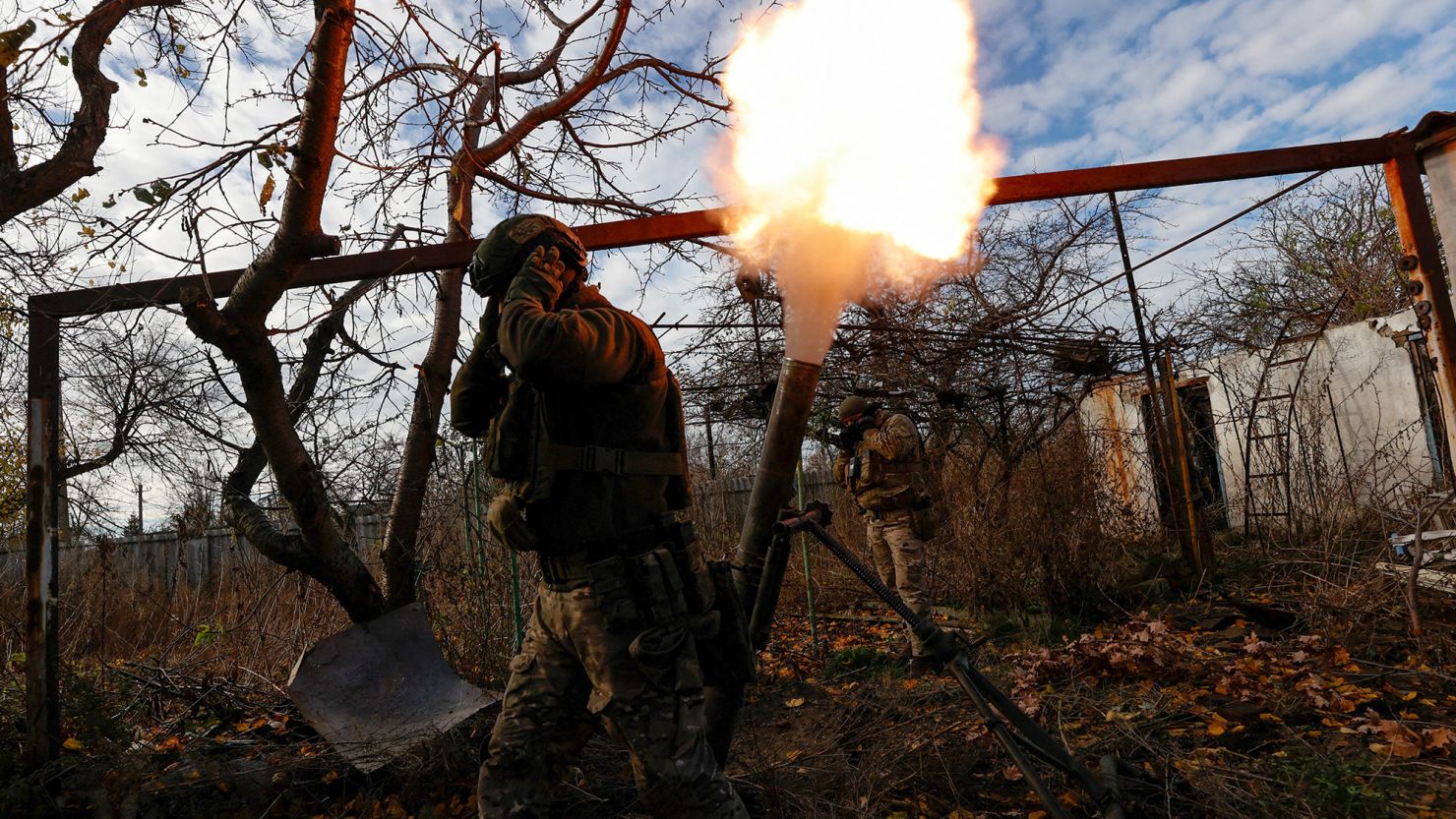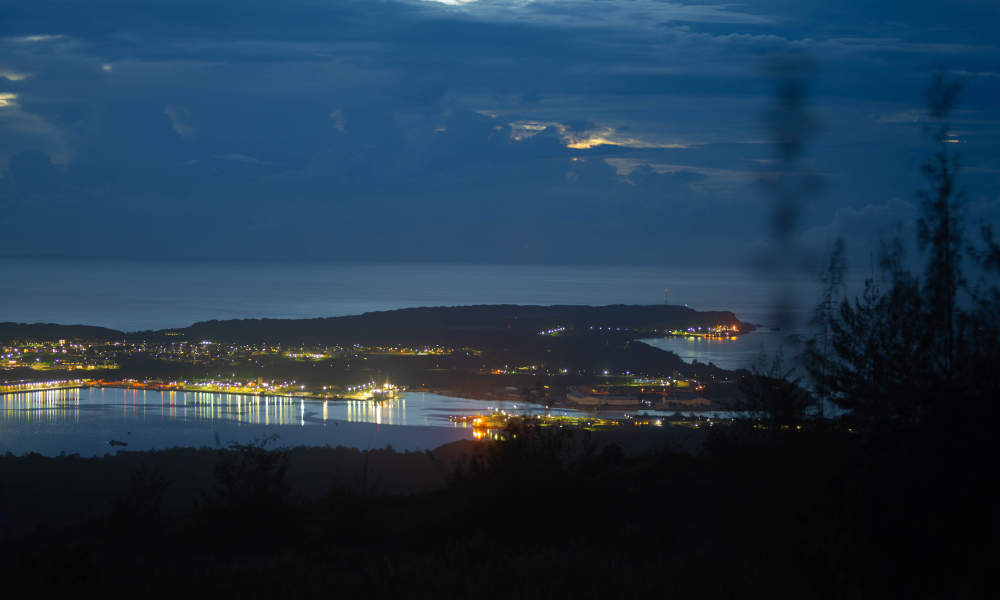FAWAZ A. GERGES

As the war in Gaza enters its fourth month, many in the Middle East and across the Global South have been struck both by the ferocity of Israel’s military campaign and by Western governments’ unwavering support for it. To them, this is as much US President Joe Biden’s war as it is Israeli Prime Minister Binyamin Netanyahu’s, and the continuing indifference to the scale of the devastation has reaffirmed how cheap Arab lives appear to be to Western leaders.
For those who lived through the Cold War and witnessed how Western powers dealt with post-colonial states and their peoples, recent events are all too familiar. As I argue in my new book, What Really Went Wrong: The West and the Failure of Democracy in the Middle East, the United States and other Western countries, mainly the United Kingdom, have for nearly a century pursued an interventionist, militaristic, and anti-democratic foreign policy that largely ignores Middle Eastern peoples’ interests. If anything, Western decisions have been driven historically by the desire to roll back communism and secure the dominance of liberal capitalism.
In pursuit of these twin aims, the US offered Middle Eastern leaders a zero-sum choice: either join in Western-led regional defense alliances and open your economy to global capital, or be considered a foe. In the name of maintaining stability and securing an uninterrupted flow of cheap oil, Western powers struck devil’s pacts with Middle Eastern autocrats and actively contributed to the demise of incipient democratic movements.
Notably, in the early 1950s, when the liberal democrat Mohammed Mossadegh became prime minister of Iran and nationalized the country’s oil, the CIA and MI6 orchestrated a coup and replaced him with the Shah. That self-interested intervention arrested Iran’s democratic development and set the stage for the 1979 Islamic Revolution, which ushered in the theocratic regime that rules to this day.
















:quality(70)/cloudfront-us-east-1.images.arcpublishing.com/archetype/VLB6ED4N6NERFDRGNXYJ3HMOBA.jpg)


